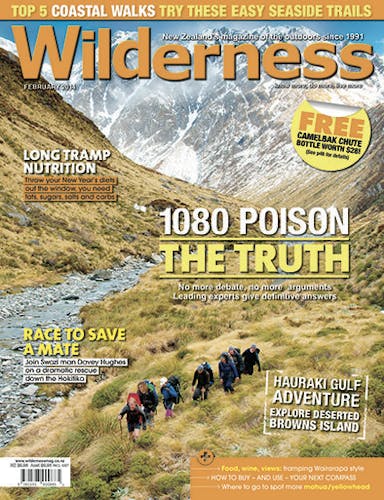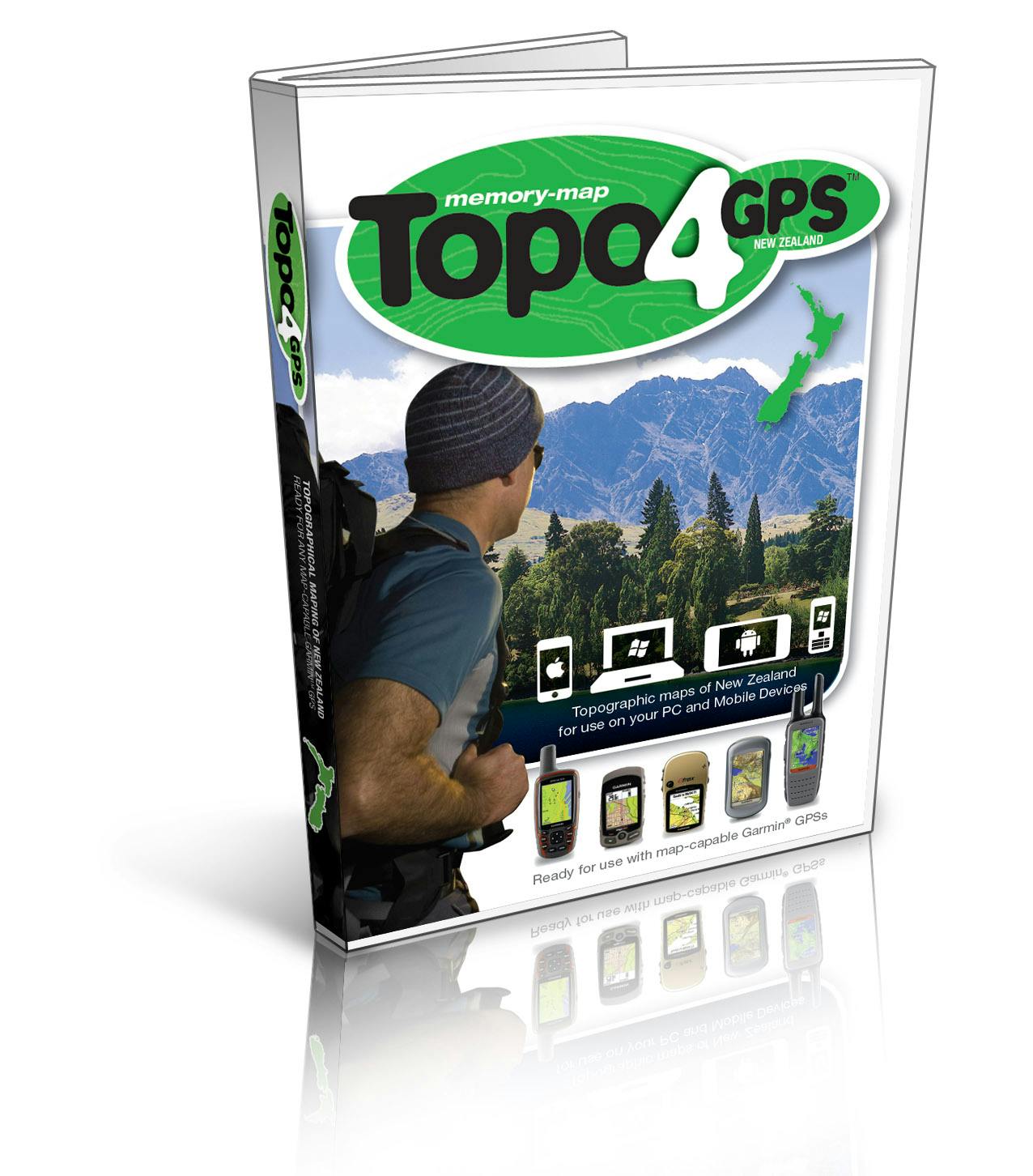Outdoors should be a melting pot
The article ‘Ethnic diversity in the hills’ (December 2013) grabbed my attention.
I am Maori (Ngati Rongomaiwahine), enjoy the outdoors and spend as much time as I can tramping. However, the article did make me think of the last time I saw another Maori apart from myself on the trail. It also stirred some active thinking about how I got into tramping. I grew up in Auckland and the idea of camping or tramping was considered a wild fantasy. It was only by meeting one person in my late 20’s, who was willing to teach me about hiking, that my love for the outdoors began to flourish.
Even though Dr Ihirangi Heke referred to this in the article as pre-determination of tramping by pakeha, the benefits of learning new skills allowed me to make tramping a tangible reality. And although others quoted in the story made good points on the appeal of the outdoors being purpose-based in a hunter-gatherer context for Maori, this is not necessarily true for modern Maori.
Tramping should be encouraged in Maori culture for a multitude of reasons, including social and spiritual connection with the outdoors. What should be improved is the access to tramping for all ethnic groups through education, government interventions and community engagement.
It would be a shame for New Zealand’s beautiful backyard to be enjoyed mainly by one ethnic group.
– Michelle Campbell, e-mail
– Michelle receives the Topo4GPS digital top maps for Garmin GPS units worth $99.99 courtesy of www.ampro.co.nz. Readers, send your letters to the editor for a chance to win.
Ethnic diversity in the hills
I am of Maori and Scottish descent and identify myself as a New Zealander. Tramping is a passion instilled in me by my Scottish grandfather while my Maori whanau evoked a sense of belonging at an early age.
Educational material during my school years focused on the written works of mountaineers and high country runs which portrayed these lands as the domain of the upper and middle-class pakeha. Maori were often described as helpful assistants on the expeditions. Cultural learning was of a vocal format usually delivered from Maori elders amongst whanau with little or no scribe being penned.
I praise Wilderness magazine and the Federated Mountains Clubs Bulletin, for they are the first publications I have known to include articles portraying accounts of European expeditions acknowledging the input of Maori, or their cultural beliefs, for all to read.
While at high school, my daughter was to participate in a rock climbing exercise near Rapaki in Lyttelton Harbour. I was a little apprehensive as to how my extended whanau would view this as Te Poho o Tamatea is our ancestral mountain. Once the teacher became aware of the family connection, the venue was changed without any hesitation or fuss by either party.
I believe I have been blessed in my tramping life. My achievements and enjoyment have been enhanced due to the combination of wisdom, skills, spiritual and cultural awareness from people of many ethnic identities. I believe that a person’s personality or soul defines their true identity and connectedness to the land, not ancestry alone.
– Sharon Boulton, Geraldine
Dirty habits
My pet hate is also the abhorrent habit people have of brushing their teeth in the kitchen sink (‘Setting boundaries’, January 2014).
Google ‘saliva transmitted diseases’ and the ‘Don’t share spit’ public health campaign of the late 1990s, then tell me you are still happy to wash your dishes in a sink that may not have been cleaned well.
Just ‘common sense’ to me, with a touch of paranoia thrown in. I bet those women the author encountered were nurses, too!
– Margaret Badger, e-mail
Silent sufferer
One of the upsetting and nauseating things when tramping is the person who has obviously not washed their hands before touching food. Even worse is when they go off to the long drop with a toilet roll tucked under their arm, then return with still unwashed hands. I don’t need it widely advertised where they are going or have been.
And as for the guy who took up two bunks, by himself, in a crowded Pinnacles Hut on the Mt Somers Walkway, well obviously a selfish git. Then there was a large, noisy party of mostly Americans in Granity Hut in Kahurangi National Park who kindly left their wine bottles, didn’t sign the hut book and didn’t pay.
How do I deal with it? Well, I am English so I quietly fume and suffer in silence.
– Dave Hammond, e-mail
Native birds to watch for
Thank you for the excellent article ‘Birds to watch out for this summer’ (January, 2014). But why on earth can’t the birds be called by their native name?
When I started tramping 11 years ago, I was immediately impressed with the bird calls in the forest and took to making a list of all I heard having their native name and English name readily available. Since then, I notice that not enough emphasis is put on calling birds by their native name, one in particular is Forest and Bird, whose publication I gave up on for the fact they did not seem interested in calling our birds by the correct name. Now, my favourite magazine – Wilderness – has done the same. Shame.
To put it right, here are the native names for those listed in the story:
Australasian gannet is takapu
Variable oystercatcher is called torea pango
Royal spoonbill is called Kotuku ngutupapa
Rifleman is called titipounamu
Grey warbler is called Riroriro
Fernbird is called matata
NZ falcon is called karearea
Pipit is called pihoihoi
We call a tui a tui, a kiwi a kiwi, a weka a weka, so why not call all our other native birds by their correct name?
– Mike Barry, e-mail
Personal locator beacons
Taking a personal locator beacon on a tramp is a no brainer (‘Technology that can save your life’, December 2013). The number of incidents that may have resulted in a favourable outcome are testament to their use. As a regular solo tramper I feel carrying a PLB is the least I can do to minimise resources in the event of an incident.
However, I suggest that New Zealand suppliers and retailers are minimising their use through incorrect advice, exorbitant charges and FUD – fear, uncertainty and doubt. Claims that a PLB purchased outside New Zealand will not work or cannot be registered in this country are untrue.
I would welcome a response from the suppliers and retailers of the RescueMe device which I have seen for sale in New Zealand for $699. The average price in Australia is A$379 with postage to New Zealand.
Whitworths Marine Australia charge cost plus 10 per cent on most safety gear. Perhaps New Zealand suppliers should take heed of their motto: ‘We like to see our customers return’.
– Peter Vella, e-mail
Hut wardens
We recently completed the Northern Circuit Great Walk in Tongariro National Park and were perturbed to find that all three huts were staffed by volunteers, all of them young and all of them from overseas.
Whilst we have no objection to foreigners, it is of concern that these well-intentioned people have no knowledge of local tracks, weather conditions or hut etiquette and can therefore add little practical advice to trampers. Their nightly talk was verbatim from a sheet of instructions they had been given. Nothing like the fascinating, informative and, at times, humourous talks given by wardens we have encountered on other Great Walks.
As the Great Walks attract a large percentage of overseas walkers we would have thought it in DOC’s best interest to employ well-informed local wardens (or volunteers) who would add to the overall tramping experience. They would have some experience of the walk, the plant and bird life, and New Zealand in general.
Of concern to us was speaking with the leader of a school group of 10 which was booked into a hut paying the full fee yet found it was commandeered by campers. The hut itself was fully booked, yet these campers took over the cooking facilities and tables forcing the school group, and other full paying walkers, to sit outside in the cold. They continued to ‘party on’ into the night even after the rest had retired to bed. The hut warden simply said: “That’s the way it is.”
Needless to say the group was far from happy.
We understand that DOC has funding issues and that getting volunteers may be an issue. We understand that DOC probably has other priorities. The new Waihohonui Hut – while certainly attractive – is way over the top in design. Is this to be the way of the future – expensive huts staffed by volunteers?
The new Anchorage Hut on the Abel Tasman track would suggest so. According to DOC, it cost $720,000. That would pay for a lot of wardens.
– Keith and Judy Hitchcock, Hamilton







